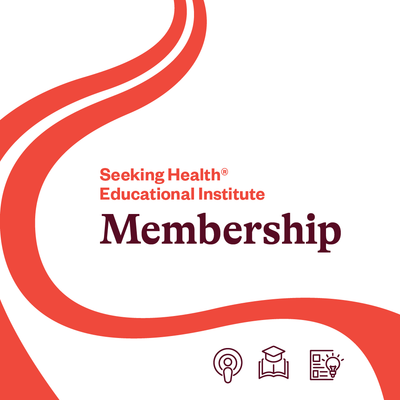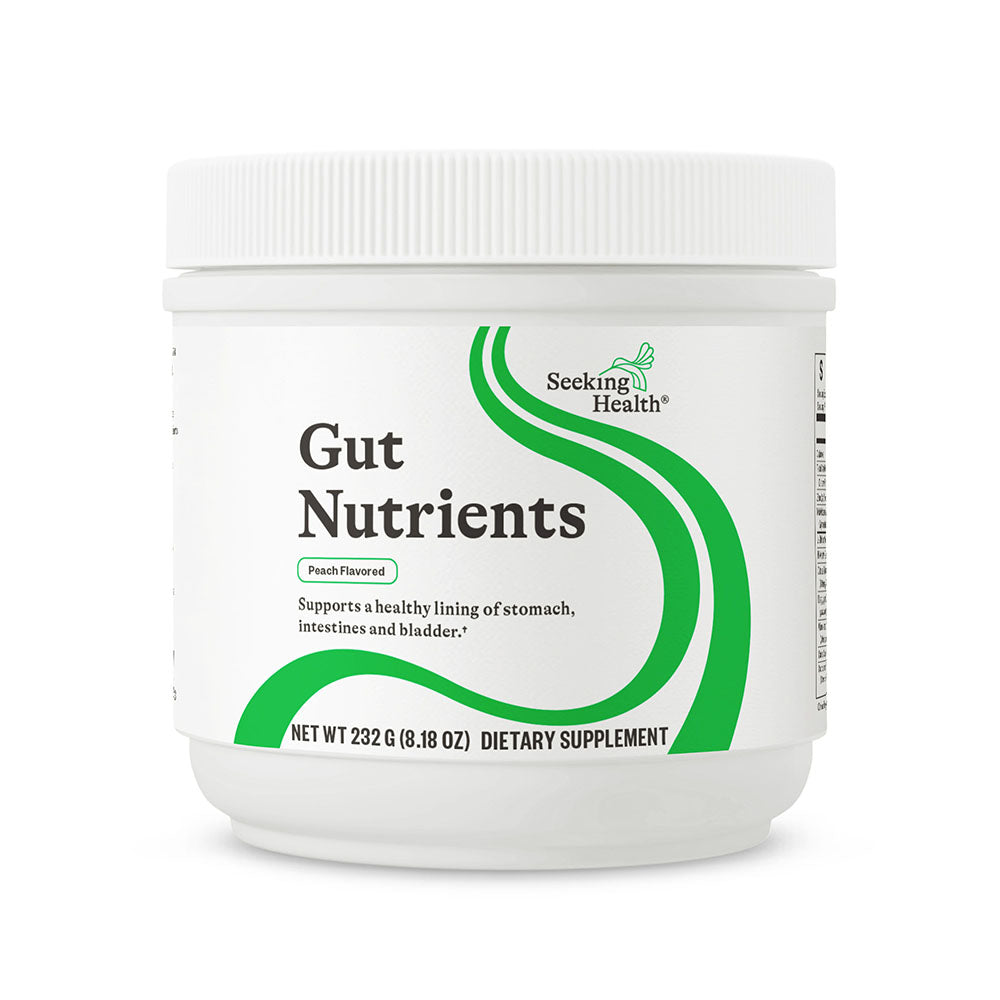TL;DR: Quercetin acts as a natural antioxidant in colorful foods like onions, apples, and berries. It can help support healthy inflammatory responses, heart, and overall health. To get the most quercetin, eat these foods raw or lightly cooked. Foods high in quercetin include capers, onions, and kale. Try adding foods naturally high in quercetin to your meals to enjoy their health benefits, or take a supplement that contains quercetin, like those from Seeking Health!†
What Is Quercetin and What Does It Do?

Quercetin is a natural substance found in many fruits and vegetables. It belongs to a group of plant compounds called flavonoids, giving fruits and vegetables bright colors. You can find quercetin in foods like apples, onions, berries, and green tea.

Quercetin has antioxidant-like properties, which means it helps support cell health and health detoxification pathways. Scientists are interested in quercetin because of its health benefits. It can help support healthy inflammatory responses, histamine levels, and your heart.1 While quercetin is safe to consume in foods, some people also take it as a supplement. However, talking with your healthcare professional before starting any new supplement is always best.†
Quercetin can potentially provide healthy support for the following:2,3†
- Cells and detoxification pathways
- Inflammatory responses
- Cardiovascular function
- Nervous system function and the brain
- Normal blood sugar levels
- Respiratory function
- Quality sleep
- Calm feelings
- Blood clotting
- Lipid metabolism
What Food Has the Highest Quercetin?

The short answer is capers. We know they may not be everyone’s cup of tea (they can be an acquired taste), so here’s a list of the top 10 foods with the highest amounts of quercetin to choose from:4
How Do You Prepare Foods With Quercetin?
To maintain the quercetin content in these foods, here are some simple and delicious ways to prepare them and add them to your daily meals:
| Food | Preparation Ideas |
|---|---|
| Capers |
|
| Blueberries |
|
| Red and Chartreuse Onions |
|
| Broccoli |
|
| Kale |
|
| Red Apples |
|
| Asparagus |
|
| Dark-colored Grapes |
|
| Cherries |
|
| Buckwheat |
|
Does Cooking Destroy Quercetin?

Cooking doesn't completely destroy quercetin but can affect how much you get from food. Different cooking methods have different effects on quercetin.
Boiling onions, for example, can cause much of the quercetin to leak into the water.7 Frying doesn't change the amount of quercetin much. Interestingly, microwave cooking without water might be the best way to keep quercetin in food.
Baking and grilling can maintain—or even increase—the quercetin in onions because these methods break down the food's structure, supporting quercetin absorption.
Even though some quercetin might be lost during cooking, cooked foods can still be a good source of this healthy compound. The key is choosing cooking methods that don't use much water, like microwaving, baking, or grilling.
General cooking tips:8
- Minimize cooking time and water exposure.
- Avoid boiling, as it can lead to significant quercetin loss.
- When cooking, keep temperatures below 140-158°F (60-70°C) if possible.
- Include raw preparations in your diet for maximum quercetin retention.
What Is the Best Way to Absorb Quercetin?

Focus on eating fresh, colorful fruits and vegetables to get the most quercetin from your food. As you learned earlier, quercetin is best absorbed when foods are eaten raw or lightly cooked, as high heat or boiling can reduce its levels. Pairing quercetin-rich foods, like onions, apples, or berries, with healthy fats—such as olive oil or avocado—can also support adequate absorption.
Another helpful tip is combining quercetin foods with others high in vitamin C, like citrus fruits or bell peppers, as this vitamin may support your body's ability to use quercetin.9 By including a variety of these foods in your meals, you'll naturally increase your quercetin intake in a way your body can easily absorb. You can also take supplements that contain quercetin to reap its health benefits.†
Which Seeking Health Supplements Contain Quercetin?
Incorporating quercetin from multiple sources is a smart way to support your overall health and well-being. That’s why we’ve included it in several of our supplements—to help promote healthy cells, detoxification pathways, and digestion and encourage a balanced inflammatory response. We’ve paired quercetin with vitamin C to enhance its effectiveness, allowing these powerful nutrients to synergize and amplify their health benefits. With Seeking Health, you can trust in thoughtfully crafted formulas designed to holistically support your health journey!†


Gut Nutrients Powder: This powder contains several targeted nutrients, including quercetin, to support gut lining health and normal repair. It has a great peach flavor and can be easily mixed with water.†

HistaminX: A targeted formula for immune health and seasonal comfort. It features herbal and plant-derived compounds, including quercetin, that synergistically support healthy inflammatory responses.†

Vitamin C Plus: A powder sweetened with monk fruit extract and natural citrus flavors containing a potent serving of buffered vitamin C. Quercetin is included to support vitamin C utilization. Mix with water for a delicious and health-supporting drink!†
The Bottom Line
Quercetin acts as a powerful antioxidant found in a variety of delicious foods, like capers, red onions, and apples, that can support your health in many ways. Raw or lightly cooked foods can preserve their quercetin content and enjoy their benefits, like healthy inflammatory response and heart health support. Incorporate more quercetin-filled foods into your diet to take a simple, tasty step toward better health. You can also supplement a healthy diet with a Seeking Health supplement containing quercetin to help ensure you get what you need for lasting, long-term wellness support!†

References:
- https://pubmed.ncbi.nlm.nih.gov/37513932/
- https://pubmed.ncbi.nlm.nih.gov/38930033/
- https://pubmed.ncbi.nlm.nih.gov/35458696/
- https://pubmed.ncbi.nlm.nih.gov/31557798/
- https://pubmed.ncbi.nlm.nih.gov/36771330/
- https://pubmed.ncbi.nlm.nih.gov/28855836/
- https://pubmed.ncbi.nlm.nih.gov/34066759/
- https://pubmed.ncbi.nlm.nih.gov/36532555/
- https://pubmed.ncbi.nlm.nih.gov/32636851
† These statements have not been evaluated by the Food and Drug Administration (FDA). This product is not intended to diagnose, treat, cure, or prevent any disease.












